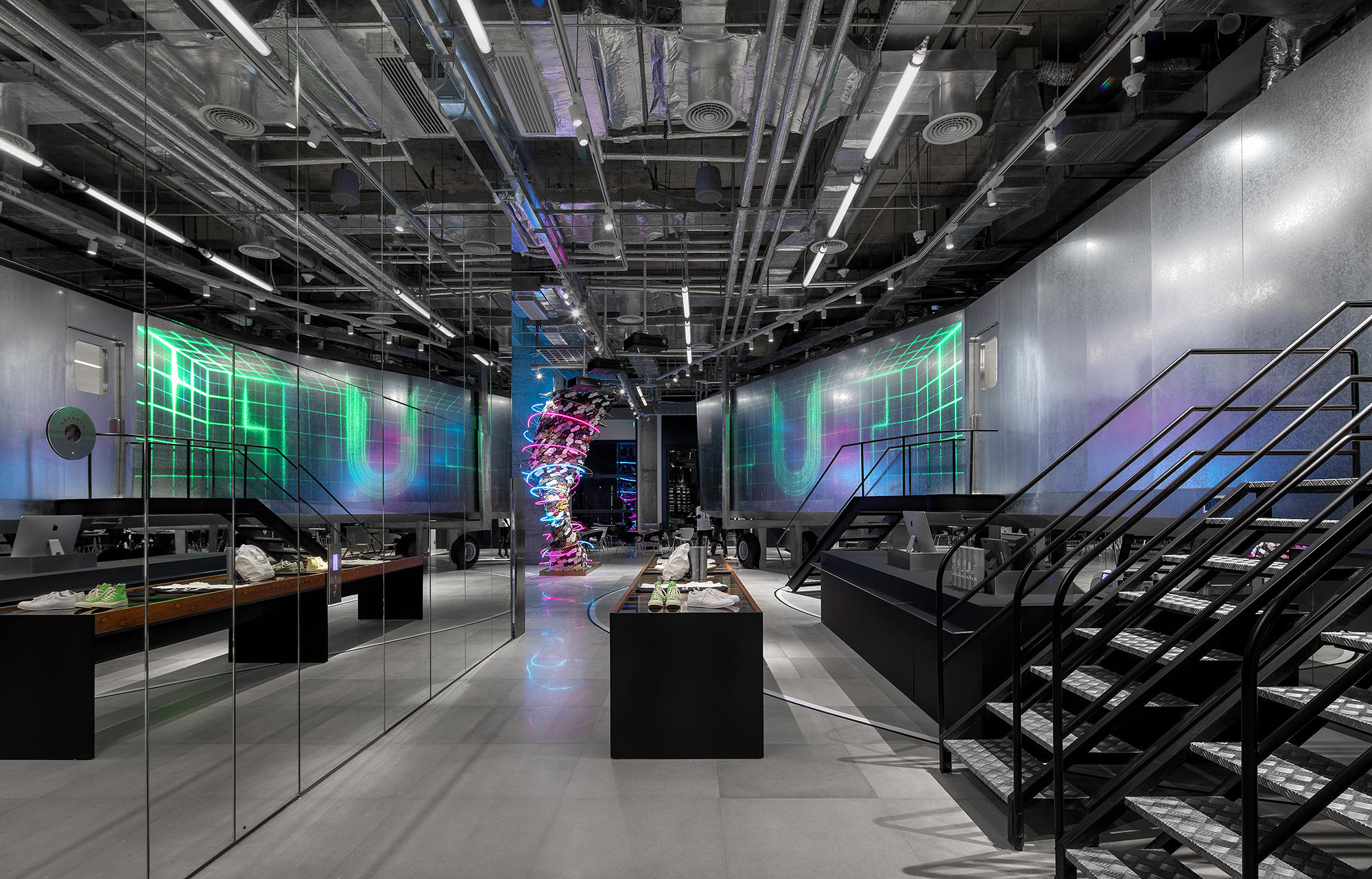The Ultimate Guide to Selecting Energy-Efficient Lights Options

Understanding Energy-Efficient Lighting Technologies
When taking into consideration energy-efficient illumination choices, it is important to comprehend the various technologies available out there today. LED (Light Giving off Diode) lights sticks out as a prominent option because of its high energy efficiency and long life expectancy compared to conventional incandescent or fluorescent bulbs. LEDs consume significantly less power, produce less warmth, and have an extra prolonged functional life, making them a economical and eco-friendly option. An additional innovation to take into consideration is CFL (Compact Fluorescent Light) illumination, which is much more energy-efficient than incandescent light bulbs yet much less so than LEDs. CFLs are recognized for their brilliant light output and relatively lengthy life expectancy. Additionally, halogen incandescent light bulbs use improved energy efficiency and lifespan contrasted to conventional incandescent bulbs. Comprehending the differences in these lights innovations can help customers make informed choices based on their specific demands, budget plan, and ecological considerations. It is essential to consider aspects such as energy effectiveness, life-span, light top quality, and initial price when choosing the most suitable energy-efficient lights technology for a certain application.
Calculating Energy Cost Savings Potential
To evaluate the potential power financial savings achievable through the adoption of energy-efficient illumination modern technologies, it is crucial to perform comprehensive computations based upon elements such as energy usage, operational hours, and the certain attributes of the lighting options being considered. lighting store melbourne. Determining energy savings possible involves determining the current power intake of existing illumination systems and contrasting it to the forecasted energy consumption of the energy-efficient alternatives under factor to consider. This comparison enables a clear estimate of the prospective energy financial savings that can be realized
Functional hours play an important function in these calculations, as lights systems that are utilized for prolonged periods will profit much more from energy-efficient alternatives. In addition, considering the specific features of different lighting technologies, such as lumens per watt and lifespan, is necessary for properly anticipating power financial savings.
## Aspects to Think About When Choosing Lighting
When picking lights alternatives for optimum energy effectiveness and efficiency,Take into consideration these vital variables. To start with, assess the lighting requirements of the area. Different areas require differing levels of illumination intensity, shade temperature, and distribution. Comprehending the purpose of the lights will certainly aid identify one of the most suitable fixtures and bulbs for the this website location.
Secondly, think about the power performance of the lighting options. Search for fixtures and light bulbs with high lumens per watt (lm/W) rankings to make certain maximum light output with minimal power intake. LED lighting, for instance, is known for its energy performance and lengthy life-span contrasted to traditional incandescent or fluorescent options.
Additionally, examine the upkeep demands of the illumination fixtures. Select components that are simple to clean and preserve to guarantee consistent performance in time. Selecting resilient fixtures that require marginal maintenance can aid lower lasting upkeep costs and guarantee the lighting system operates successfully.
Lastly, think about the environmental influence of the illumination options. Select components and light bulbs that are energy-efficient and ecologically friendly, such as those with recyclable parts or reduced carbon discharges. By focusing on sustainability in your illumination selections, you can add to a greener future while delighting in the benefits of energy-efficient illumination options.

Contrast of Various Illumination Options
In assessing the aspects influencing illumination option for energy effectiveness and efficiency, it becomes critical to compare the different lights options offered on the market. LED illumination attracts attention as one of the most energy-efficient options as a result of its lengthy lifespan and low power intake. LEDs are versatile, offering a variety of shade temperature levels and lowering capabilities, making them suitable for various settings. Furthermore, small fluorescent lights (CFLs) supply an even more energy-efficient choice to typical incandescent bulbs, although they include percentages of mercury. Halogen incandescent bulbs provide boosted power performance contrasted to typical incandescent light bulbs, however they are much less effective than CFLs and leds. One more choice to think about is fluorescent tubes, typically utilized in industrial and industrial settings because of their high performance and long life. When contrasting illumination choices, aspects such as power efficiency, life-span, shade temperature level, and environmental effect ought to be very carefully thought about to make a notified decision based upon certain lights needs and top priorities.
Tips for Applying Energy-Efficient Illumination
When looking to enhance energy performance through illumination selections, implementing tactical illumination controls can considerably minimize power intake. Additionally, daylight sensors can be helpful site incorporated to adjust lighting degrees based on all-natural light accessibility, additional enhancing power use.
Lowering lights not only produces atmosphere and adaptability in lights degrees but additionally aids save power by reducing the quantity of electricity consumed. Picking energy-efficient light bulbs such as LEDs or CFLs can make a significant distinction in power financial savings.
Final Thought
Finally, selecting energy-efficient lights options is essential for lowering power consumption and expenses. By comprehending various innovations, calculating prospective cost savings, thinking about different factors, and comparing individuals, alternatives and services can make enlightened decisions to boost power effectiveness. Carrying out energy-efficient illumination not just profits the my company setting yet likewise leads to lasting cost savings and enhanced illumination top quality. It is necessary to prioritize power performance in lighting selections for a sustainable future.
To examine the prospective energy financial savings achievable with the fostering of energy-efficient lights technologies, it is critical to perform complete calculations based on aspects such as power usage, operational hours, and the particular features of the lighting options being taken into consideration (lighting store melbourne).In analyzing the variables affecting lights option for power performance and efficiency, it comes to be imperative to contrast the various lighting alternatives readily available in the market. When contrasting illumination choices, elements such as energy performance, life-span, shade temperature, and environmental impact should be carefully taken into consideration to make an educated decision based on specific lighting demands and concerns
When looking to improve energy performance through lighting selections, applying calculated lighting controls can significantly reduce energy consumption. Applying energy-efficient illumination not only profits the environment yet likewise leads to long-term price savings and boosted illumination quality.